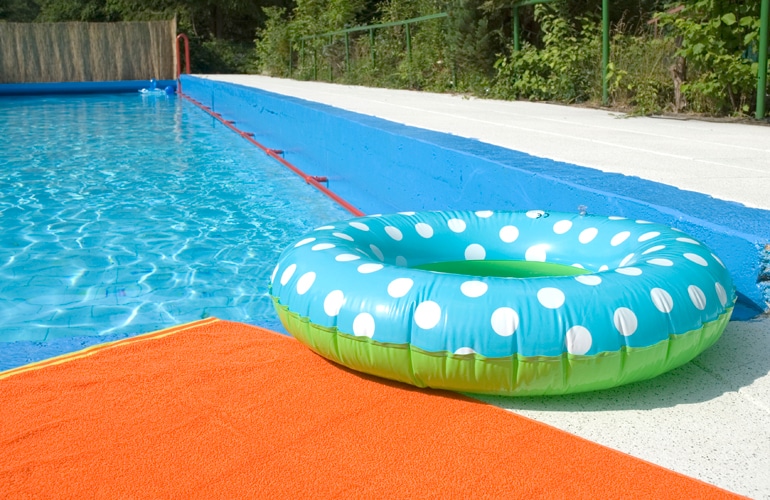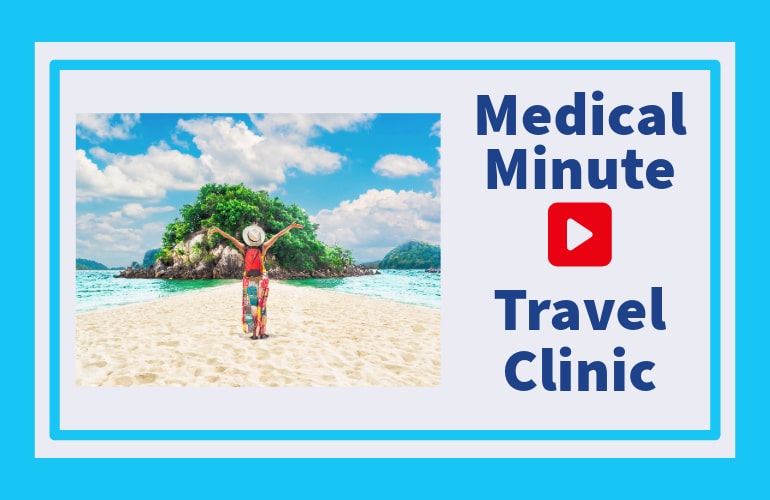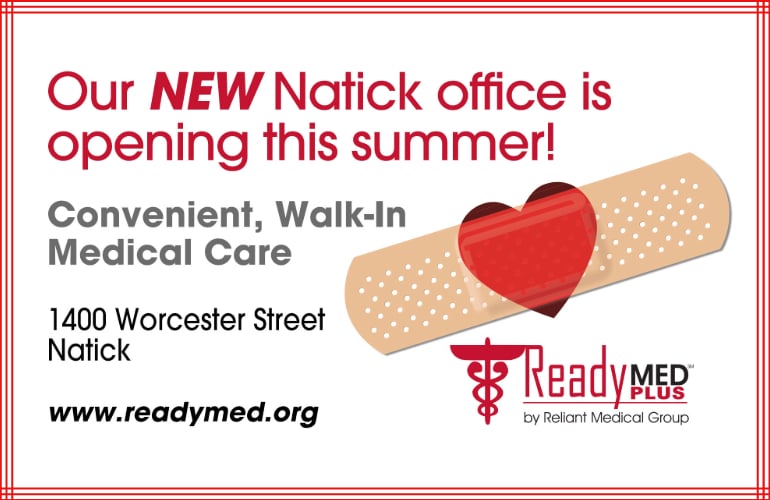
It’s summertime, a time of year when families love to get away and have fun. However, being around the ocean, lake or pool can be dangerous, especially to children and young adults. Drowning is one of the leading causes of accidental deaths in the United States, typically causing over 4,000 deaths a year.
The best defense against drowning is often common sense. Never take a canoe out on the lake at midnight, don’t go swimming in heavy surf, and don’t let your children play in the water unless someone is watching them closely. Here are some more tips on how to stay safe around the water this summer:
Learn to swim: Formal swimming lessons can help reduce the risk of drowning, especially among young children. Remember that all children, even if they know how to swim, still need supervision around the water.
Make sure your pool is fenced in properly: Barriers to pools help prevent young children from gaining access and keep them out of danger. Check your local regulations for your town’s requirements.
Avoid alcohol: Combining drinking with swimming and boating has been proven to be dangerous. You should also avoid alcohol if you are supervising children at the pool or the beach.
Use the Buddy System: Regardless of your age, always swim, snorkel or scuba-dive with a buddy to be safe.
Be aware of rip currents: These dangerous currents often occur during rough surf. If you get caught in a rip current that’s pulling you out to sea, don’t panic. Swim parallel to the shore until you are out of the current, then swim back in.
Use U.S. Coast Guard approved life jackets: Every boat, kayak or canoe needs a life jacket for each passenger. Be sure to wear them every time you’re out on the water.
Don’t hold your breath: Swimmers should never hold their breath or hyperventilate before swimming underwater. This can cause what’s known as “shallow water blackout” and lead to drowning.
Learn CPR: Learning how to resuscitate a drowning victim can mean the difference between life and death. Check with your local Red Cross to learn about classes in CPR (cardiopulmonary resuscitation).
Stay in touch with the conversation, subscribe to the RSS feed for comments on this post.


